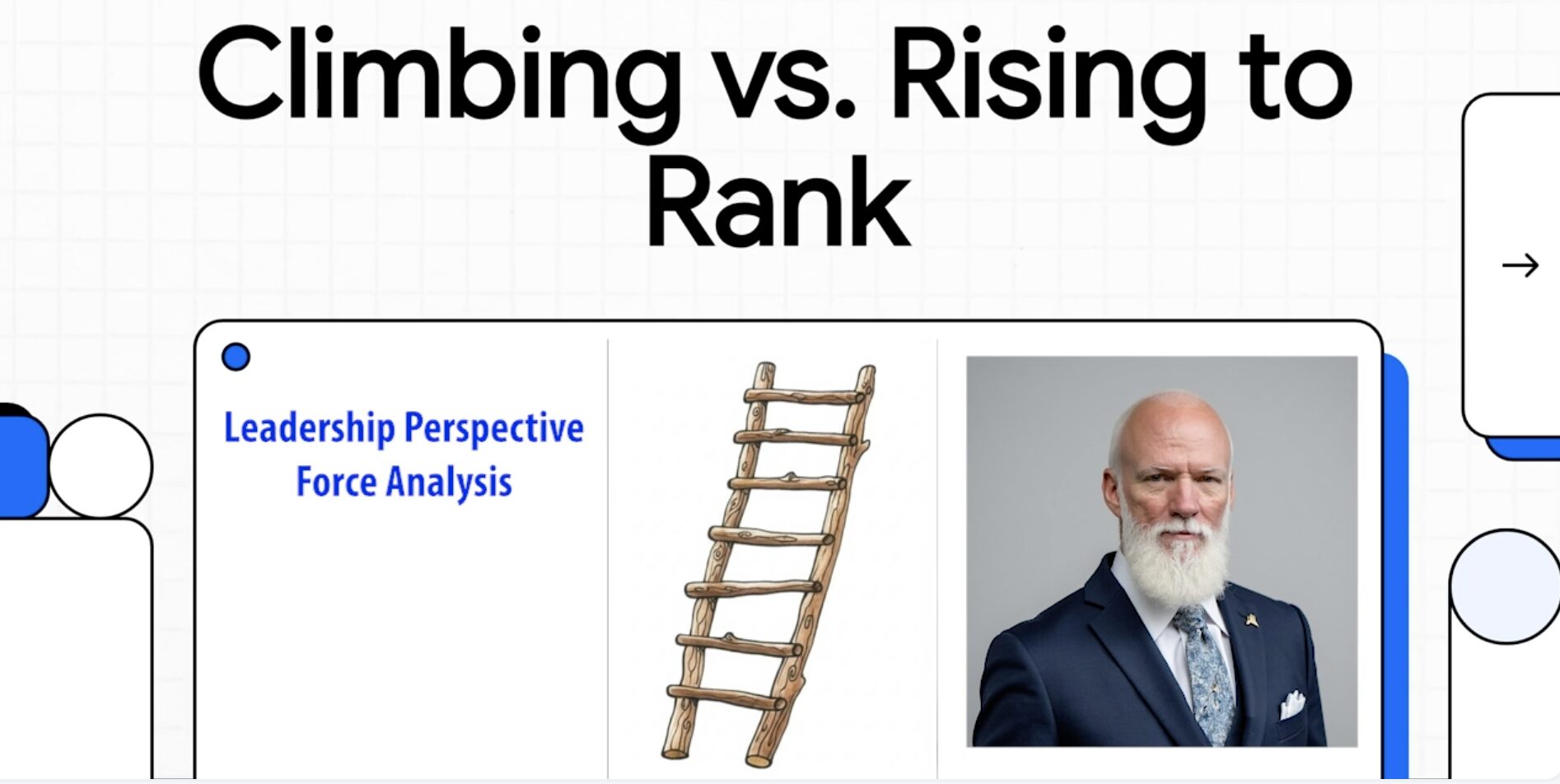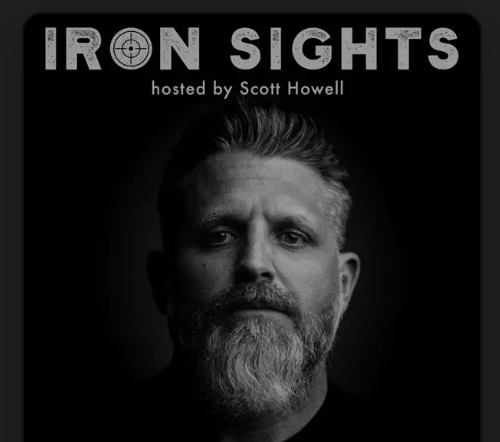By Danny King and Jamie Borden, Critical Incident Review, L.L.C.
Cognitive Interview; Addressing the Challenges
Officer-involved shootings (OIS) are among the most scrutinized events in law enforcement, requiring a delicate balance between thorough investigation, legal accountability, and respect for the officer’s rights as an American citizen. In a recent discussion, Danny King and Jamie Borden, seasoned law enforcement professionals and use-of-force experts, explored the complexities of interviewing officers post-OIS, emphasizing the critical role of the cognitive interview and the pitfalls of incomplete investigations. Drawing from decades of experience and their work with the Enhanced Force Investigations (EFI) course, they unpacked why traditional approaches often fall short and how a thoughtful, effort-intensive process can bridge the gap between perception, memory, and justice.
The Framework of an OIS Investigation
King kicks off the conversation by framing an OIS: an American citizen, serving as a police officer, responds to a call or initiates action, culminating in a use of deadly force. The aftermath typically involves a public safety statement—a structured set of questions from a supervisor about immediate threats and injuries—followed by a potential walkthrough, photographic evidence, and, eventually, an interview. The timing of this interview varies widely, from immediate to months later, and its structure can significantly impact the investigation’s outcome.
King stresses a foundational point: the officer, as a citizen, retains constitutional rights, including protection against self-incrimination. This sets the stage for a tension between investigative thoroughness and the officer’s legal protections—a tension that shapes how interviews are conducted.
Beyond “Tell Me What Happened”: The Cognitive Interview
Borden quickly distinguishes between two primary interview types in OIS cases: the checklist-style interview and the cognitive interview. The former, often a rote list of questions (e.g., “Were you in uniform? How many rounds did you fire?”), aims to confirm known details but risks missing the officer’s subjective experience. Worse, it can lead to inaccuracies being misconstrued as dishonesty, creating unnecessary legal vulnerabilities.
In contrast, the cognitive interview—developed by Dr. Ed Geiselman and refined by Borden for law enforcement—seeks completeness over mere accuracy. “It’s not just, ‘Hey, what happened out there?’” Borden explains. “That’s not the cognitive interview. It’s a thoughtful, laborious process.” Unlike the open-ended narrative many departments mistake it for, the cognitive interview involves creating memory scenes, probing emotions, and developing subset questions in real time. A key question Borden poses is, “What did you feel at that moment?” This taps into the emotional conductivity driving an officer’s decisions, offering a deeper, more complete picture than a surface-level recounting of events.
Accuracy vs. Completeness: A Critical Trade-Off
The discussion pivots to a core challenge: the competition between accuracy and completeness. King clarifies, “If you’re looking for accuracy, you want the officer to recite facts you already know as an investigator—like whether they were on the right or left side of the car. But with completeness, you’re after the depth of what they believe happened.” Borden agrees, noting that focusing on accuracy can make it seem like the investigator is mining for specific details the officer may not recall, creating an impression of evasiveness when none exists.
This tension stems from the frailties of human memory, a recurring theme in their book, *Anatomy of a Critical Incident*. “A reasonable belief may be based on inaccurate information,” Borden says, referencing the Graham v. Connor standard, which judges an officer’s actions by what they reasonably perceived in the moment, not hindsight. For example, an officer might not recall running around a building during a chaotic shooting, even if video evidence shows it. Pressing for that detail risks undermining the investigation’s integrity when the officer’s lack of memory is genuine.
Hindsight Bias and the Curse of Knowledge
A significant hurdle investigators face is hindsight bias—what Borden calls “the curse of knowledge.” Seasoned investigators, familiar with use-of-force dynamics, often assume they understand why an officer acted, leaving critical questions unasked. “We see a case and know why deadly force was used,” Borden explains. “So we don’t shore it up with questions.” Years later, in court, those unasked questions become vulnerabilities, with juries interpreting the absence of answers as a shift in the officer’s story rather than an oversight in the initial interview.
King illustrates this with a real-world example: as a union representative, he’d step in during interviews to ensure officers articulated the “why” behind their actions—details investigators often skipped because they deemed them obvious. “The detectives just wanted to document no crime occurred,” he says. “But that cursory approach is fertile ground for prosecutors to control the narrative.”
A Novel Approach: The Sequestered Interviewer
To counter bias, Borden suggests an innovative protocol: using a secondary investigator who hasn’t watched the video evidence to conduct the initial interview. “They don’t have pre-existing biases about what to dig for,” he explains. “They’re just eliciting a full picture.” The lead investigator, fully briefed on the case, then steps in to refine questions, balancing completeness with case-specific concerns.
However, Borden cautions this isn’t a universal fix. “It sidesteps outcome bias but brings other issues,” he admits, such as the secondary investigator’s lack of context. King probes further: “What about training through bias instead?” Borden acknowledges that EFI’s core mission is equipping investigators to navigate biases—hindsight, salience, and more—through awareness and practice. The sequestered interviewer is a tool, not a mandate, within that broader framework.
The Stakes: Unjust Prosecutions and Incomplete Data
King delivers a sobering perspective: “A vast majority of officers criminally prosecuted for use of force have done nothing wrong.” As a 24-year veteran and use-of-force expert, he attributes this to poor investigations that leave gaps prosecutors exploit. Borden cites the case of Officer Lunsford in Las Cruces, where a robust investigation still faltered in court due to unaddressed details, allowing the prosecution to paint a misleading picture.
Both agree: completeness is the antidote. “Capture everything, use what you need,” Borden advises. “Don’t just get what you think you need—you’ll miss things.” A cognitive interview, though time-intensive (sometimes stretching to four hours), ensures no stone is left unturned, even if the officer’s condition, departmental culture, or rapport with investigators complicates the process.
Training for the Future
The conversation closes with a call to action. King warns that internal agency training often amounts to “passing on experience” rather than teaching theory, history, and best practices. “If your OIS training comes solely from within, it might not be training at all,” he says. External courses like the Enhanced Investigations Course (EFI) course or the Force Analysis; Video Examination & Review Course offer the conceptual depth investigators need, supplemented by hands-on scenarios where agencies can test and refine their skills.
Borden echoes this, recounting how external training transformed their approach at the Henderson Police Department. “It’s not just what to do—it’s how to do it properly,” he says. King adds a practical suggestion: run high-intensity use-of-force scenarios, interview officers blind, then compare notes with video evidence. “You’ll see wildly different perceptions,” he notes, “and that’s normal. Training prepares you for that.”
Conclusion: A Call for Curiosity and Completeness
Interviewing officers after an OIS isn’t just a procedural step—it’s a high-stakes endeavor where lives, careers, and justice hang in the balance. King and Borden advocate for a shift from cursory, accuracy-driven checklists to effortful, curiosity-driven cognitive interviews. By gathering all the data—not just what seems necessary in the moment—investigators can fortify cases against misinterpretation and ensure officers’ actions are judged fairly, as they were perceived in the split-second reality of the incident.
For agencies and investigators, the message is clear: invest in training, embrace the complexity of human memory, and never assume you know enough. As Borden puts it, “Get everything on the table. Officers’ freedoms depend on it; the integrity of the profession depends on it!”
For more insights and training opportunities, visit [CriticalIncidentReview.com] for upcoming EFI courses and online certifications.
Check out CIR’s training: Click on the class link below for more information
Link:Force Analysis: Video Review and Examination.
Link:Enhanced Force Investigations: Investigation, Evidence and the Interview


